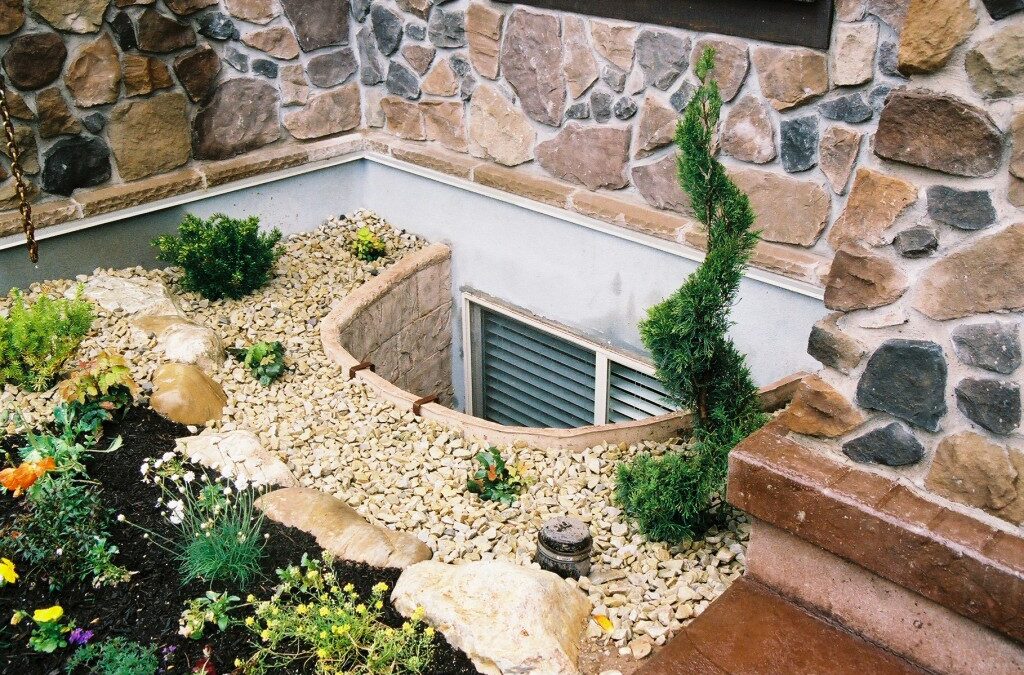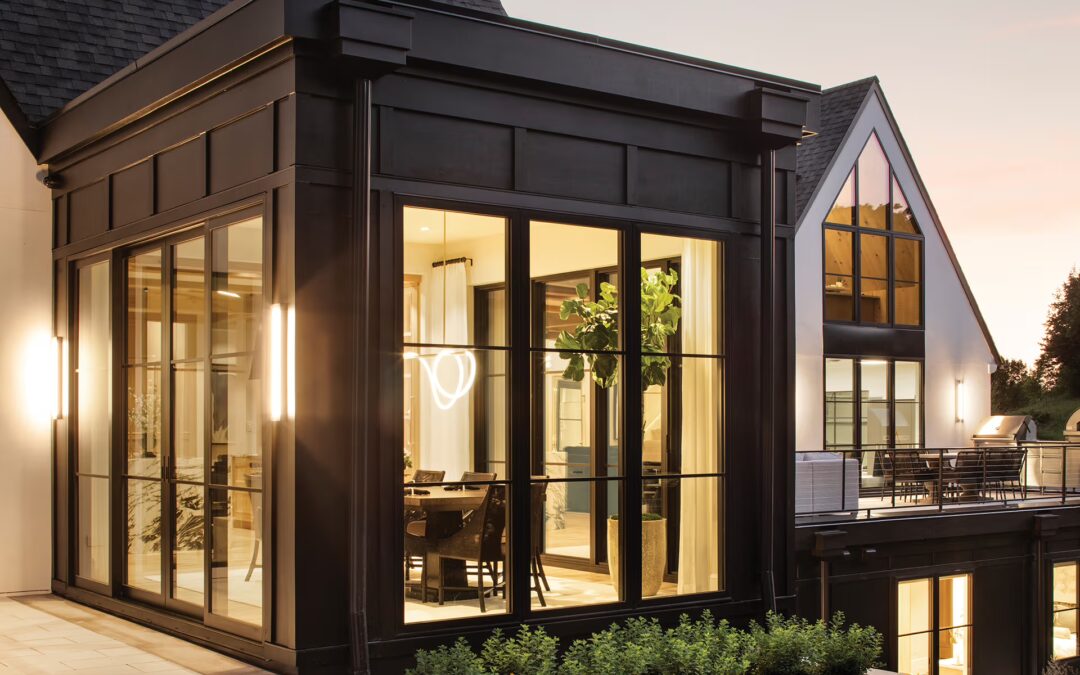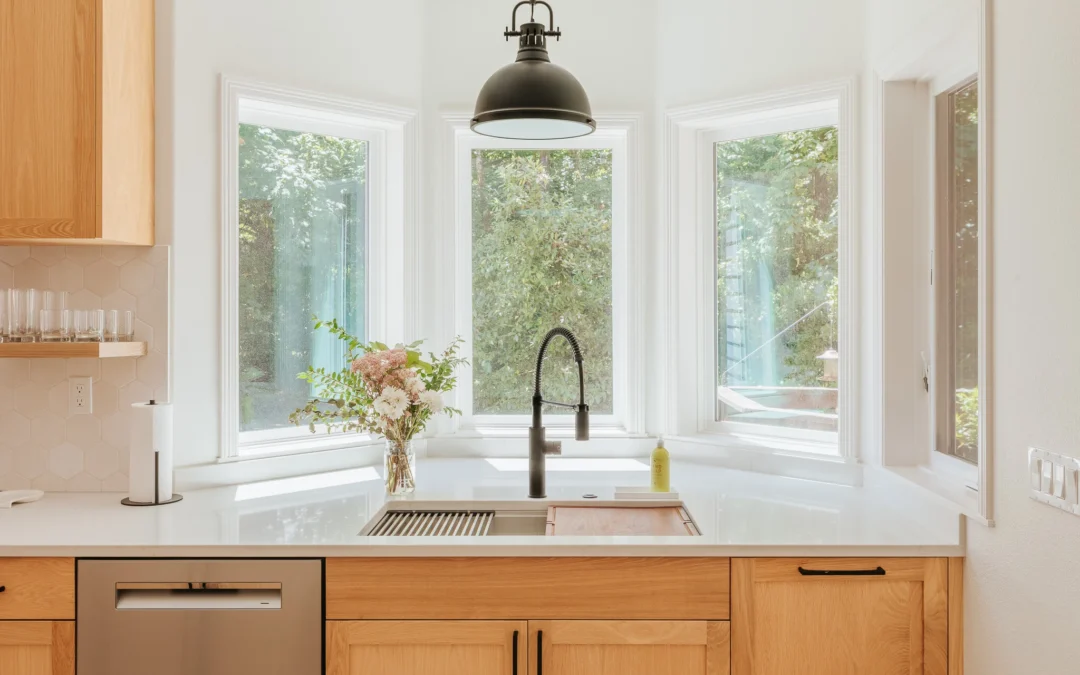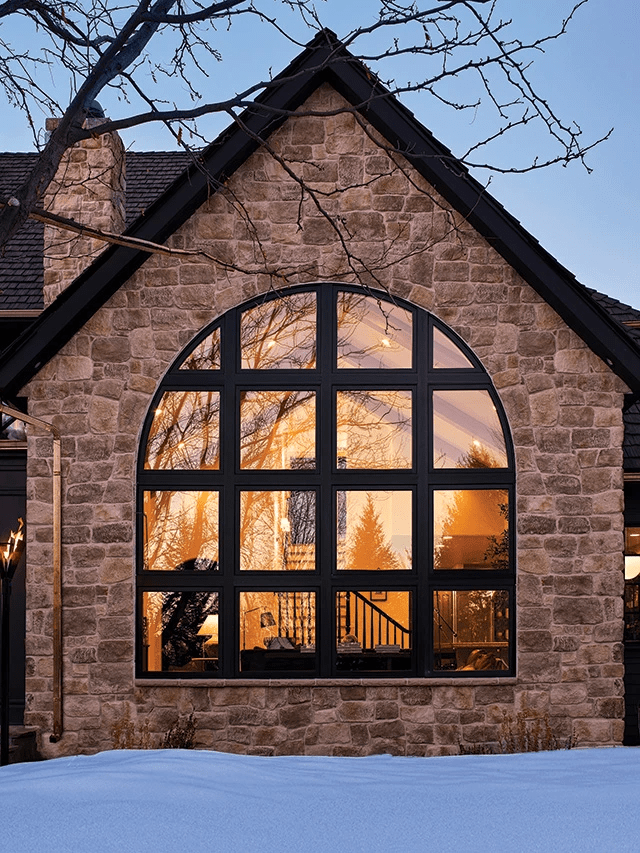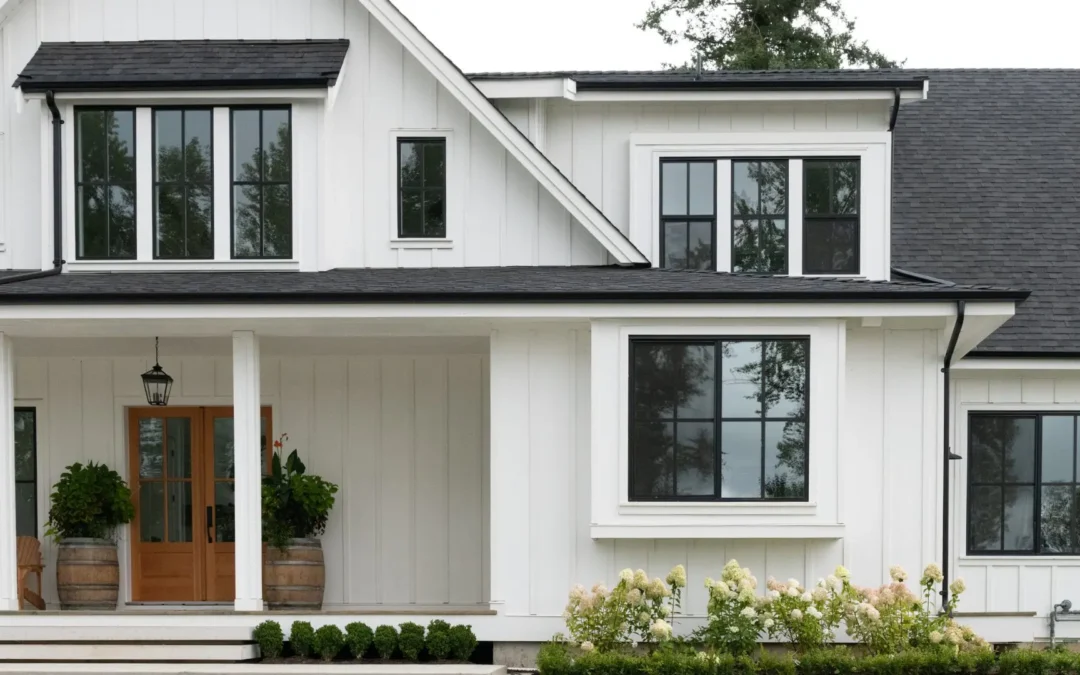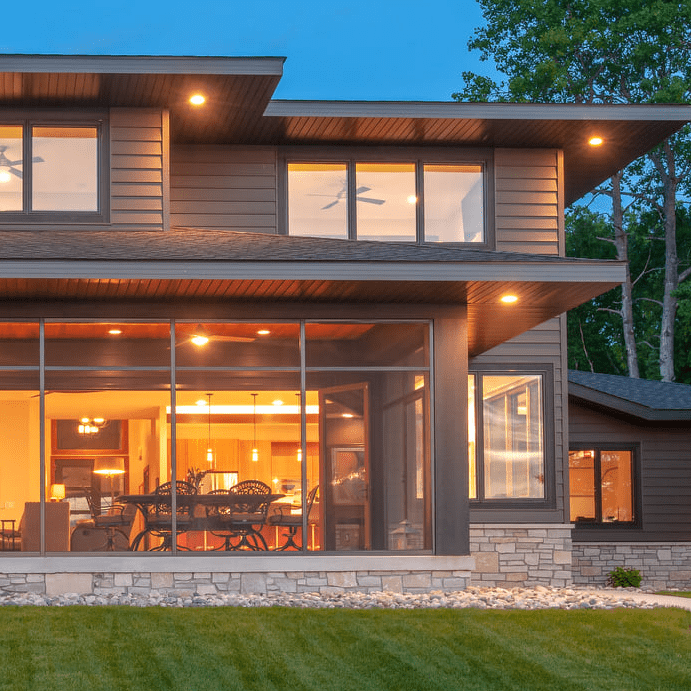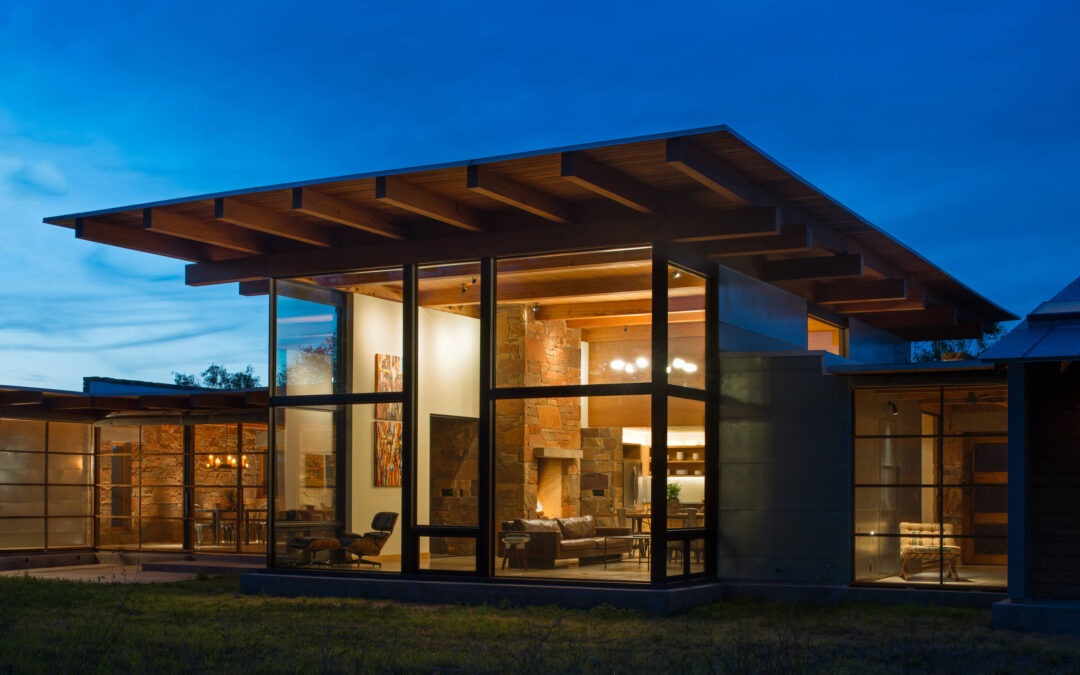tAustin’s Path to Safety & Value – The Righ Size for Egress Window 🪟🏡💡
Howdy, Austin and Georgetown homeowners! When it comes to transforming your living spaces, few upgrades blend safety, comfort, and significant property value quite like an egress window. This is especially true if you’re eyeing a basement renovation, considering converting a lower-level space into a habitable room, or adding a new bedroom below ground. But before you get lost in choosing beautiful frames and elegant finishes, there’s one absolutely critical detail you cannot afford to get wrong: the precise size for an egress window.
In a city as dynamic and growing as Austin, where maximizing usable square footage and ensuring home safety are paramount, understanding egress window requirements is non-negotiable. An improperly sized or installed egress window can jeopardize your family’s safety in an emergency and invalidate your renovation’s legal compliance.
At Imperium Exteriors, we’ve helped countless homeowners across Austin and Central Texas expertly design and install code-compliant egress windows that seamlessly blend uncompromising safety with stunning style. We don’t just put in windows; we create vital escape routes and transform dark, underutilized spaces into bright, livable havens. Let’s dive into every essential detail you need to know about egress window size requirements—and how to ensure your project is done right the first time, every time.
What Exactly Is an Egress Window? (Beyond Just a Hole in the Wall)🕳️
An egress window is a specific type of window that is large enough, as precisely defined by national and local building codes, to serve as an emergency escape route for occupants in case of a fire or other hazardous event. Crucially, it also provides an accessible entry point for first responders (like firefighters) to enter your home if needed.
These life-saving windows are most often legally required in:
- Basement Bedrooms: Any bedroom located below ground level must have an egress window.
- Lower-Level Habitable Rooms: If you convert a basement, attic, or any other lower-level space into a living room, family room, home office, or any space intended for human habitation that lacks direct ground-level access, it must be equipped with an egress window.
- Converted Garage Apartments: Any living space created from a garage that is below or at grade and intended for sleeping or primary habitation often falls under these requirements.
- Any Habitable Room Below Ground Level: The general rule is simple: if someone could be sleeping or spending extended periods of time in a room that is below grade (even partially), it needs a way out, and a way in for help.
If you’re embarking on a project to finish a basement, add a legal bedroom downstairs, or remodel for extra usable square footage, an egress window isn’t merely a nice-to-have amenity—it’s an absolute legal, safety, and appraisal must. Neglecting this requirement can lead to significant fines, invalidate your renovation, and, most importantly, put lives at risk.
📏 What Is the Minimum Size for an Egress Window? The Code Unpacked for Austin 🏛️
The International Residential Code (IRC), which serves as the foundational standard for most residential building codes across the United States, lays out very specific and non-negotiable size requirements for egress windows. Texas building codes, including those adopted by the City of Austin, follow these IRC standards closely. This means adhering to a precise set of minimum dimensions is mandatory for your egress window to be considered code-compliant.
Here’s a detailed breakdown of what’s required, and why all criteria must be met simultaneously:
|
Requirement |
Minimum Measurement |
Crucial Detail & Why |
|
Minimum Opening Width |
20 inches (clear) |
This is the smallest horizontal measurement of the actual opening when the window is fully open. It ensures an adult (or a firefighter with gear) can fit through. |
|
Minimum Opening Height |
24 inches (clear) |
This is the smallest vertical measurement of the actual opening when the window is fully open. It complements the width requirement for body clearance. |
|
Minimum Net Clear Opening Area |
5.7 square feet (sq ft) (5.0 sq ft if on the ground floor) |
This is the most critical requirement and often the most misunderstood. It refers to the actual, unobstructed area of the opening when the window is fully open (Width x Height). A window that meets the 20″ width and 24″ height may NOT meet this area requirement if it’s too small. This means: 20″ x 24″ = 4.8 sq ft, which is less than 5.7 sq ft. You’ll almost always need a larger window to achieve the required area. |
|
Maximum Sill Height |
No more than 44 inches above the floor |
The bottom of the clear opening must not be more than 44 inches from the finished floor. This ensures the window is low enough to be easily accessed for escape, even by children or someone injured. |
⚠️ Important Austin-Specific Nuance: All these requirements must be met simultaneously. For example, a window that measures exactly 20″ wide and 24″ high might provide enough clearance for a tight squeeze, but its calculated net clear opening area (20″ x 24″ = 480 sq inches / 144 sq inches/sq ft = 3.33 sq ft) falls drastically short of the 5.7 sq ft minimum. Therefore, to meet the 5.7 sq ft clear opening requirement, you’ll typically need a window that is significantly larger than the minimum width and height alone. For instance, a window that opens to 24″ wide by 35″ high (840 sq in / 144 = 5.83 sq ft) would meet it.
Beyond the IRC: While Austin generally adheres to the IRC, always consult with Imperium Exteriors. We ensure precise adherence to the most current local codes, which can sometimes have minor amendments or specific interpretations. For older homes, ensuring compliance might require more significant structural work.
🧠 Why Egress Window Size Matters: A Multifaceted Impact (Beyond Just Code Compliance)
The precise size for an egress window is a critical consideration with far-reaching implications for your home, extending well beyond mere code adherence:
- Safety First, Always: In emergencies, particularly house fires, every second is precious. A properly sized and easily operable egress window ensures everyone—from children to adults—has a quick, clear, and accessible escape route. It provides a vital secondary means of exit when primary routes are blocked. It also allows emergency personnel to safely enter and assist quickly.
- Significant Home Value Boost: Adding a code-compliant egress window to a previously unlivable basement room can legally transform it into a legitimate bedroom or habitable living space. This significantly increases your home’s usable, appraised square footage—a direct and substantial boost to your property’s market value. This is a highly sought-after upgrade in Austin’s competitive real estate landscape, offering excellent return on investment.
- Transformative Natural Light & Livability: Bigger windows inherently mean more natural light. This is particularly transformative for basements or lower-level rooms, which often suffer from a dark, subterranean feel. Flooding these spaces with sunlight turns them into inviting, vibrant, and genuinely livable areas that no longer feel like, well, basements. Natural light also offers psychological benefits, improving mood and well-being.
- Crucial Ventilation & Air Quality: Egress windows, by their very nature, are designed to open wide. This provides essential airflow and cross-ventilation for lower levels that might otherwise feel stuffy or stagnant. Improved ventilation can significantly enhance indoor air quality by allowing stale air to escape and fresh air to circulate, reducing humidity and preventing mold growth.
- Enhanced Aesthetic Appeal: A well-designed egress window, especially when paired with a thoughtful window well, can dramatically improve the exterior aesthetics of your basement level, integrating it seamlessly with the rest of your home. It makes the lower level feel more like a purposeful extension of the main living space.
🏡 What Egress Window Sizes & Styles Work Best in Central Texas Homes?
At Imperium Exteriors, we don’t just meet code; we tailor egress window solutions to perfectly fit your specific space, enhance your home’s aesthetic, and meet Austin’s unique building conditions and homeowner preferences. Our expertise guides you to the ideal combination of size and style:
- Standard Size Egress Windows (Common & Effective): While the actual clear opening dimensions are paramount, popular rough opening sizes that typically can meet egress requirements often include 30″ x 48″, 36″ x 48″, 36″ x 52″, or even larger. These provide ample light and meet area requirements.
- Casement-Style Egress Windows (Excellent for Narrow Spaces): Hinged on the side, casement windows open fully (often up to 90 degrees) with a simple crank mechanism. Their ability to open nearly 100% of their window area makes them highly efficient for egress, often requiring less total wall space to meet the minimum clear opening requirements compared to sliding windows. They are excellent for providing maximum ventilation and are a popular choice for egress.
- Sliding Egress Windows (Ideal for Wide Openings): Sliding windows open horizontally, with one sash gliding past the other. While they need a wider rough opening to meet the clear area requirement (as only half opens), they are excellent for wide window wells or basements with lower ceiling heights, providing ample egress width.
- In-Swing Egress Windows (Space-Saving Option): Some specialized egress windows are designed to swing inward, which can be advantageous if there’s limited exterior clearance for an outward-swinging window (like near a sidewalk).
- Awning Windows (Generally NOT Egress-Compliant): Awning windows (hinged at the top, opening outward from the bottom) are generally not egress-compliant due to the limited clear opening they provide when fully open. While great for ventilation in light rain, they typically cannot meet the minimum height and area requirements unless exceptionally large and custom-designed for egress.
Imperium Exteriors’ Strategic Sizing: Our experts meticulously calculate the precise window dimensions needed to meet all minimum requirements simultaneously. If you’re short on vertical space in a basement, we recommend going wider to compensate and meet the necessary square footage. Conversely, if you’re constrained by width, we’ll guide you towards a taller option. It’s all about achieving that critical “net clear opening”—not just the outer frame dimensions.
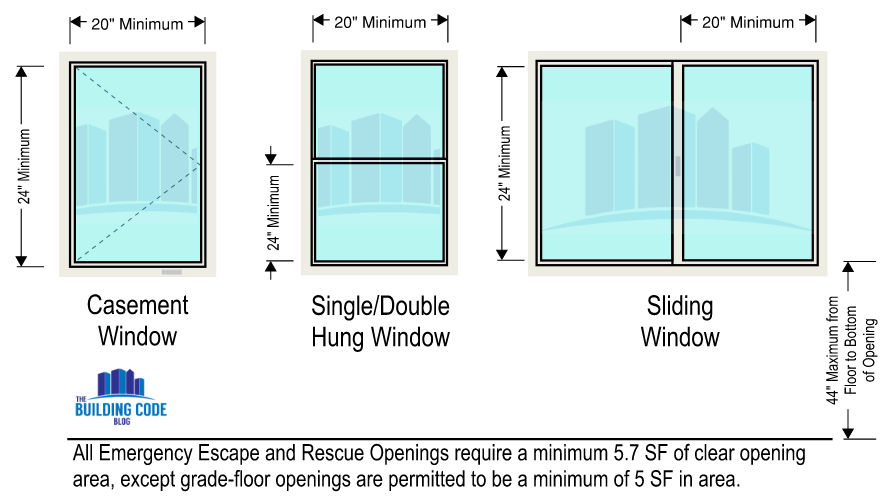
🌧️ Do I Need a Window Well? (And Why Proper Drainage is King in Austin’s Clay Soils!)
If your egress window is located entirely or partially below ground level, yes—you will definitively need a properly sized and constructed window well. This well is a U-shaped or circular excavation around the window, designed to hold back the earth and allow the window to open fully for emergency escape.
Key requirements for a code-compliant window well include:
- Minimum Horizontal Projection: The well must have a minimum horizontal projection (distance from the window to the back of the well) of 36 inches in all directions from the window opening. This ensures sufficient space for someone to exit the window and maneuver.
- Minimum Horizontal Width: The well must also be wide enough to allow the window to open completely and provide clearance.
- Ladder Requirement: If the window well is deeper than 44 inches from the bottom of the window opening to the bottom of the well, a permanent ladder or steps must be installed. This ladder must be easily accessible, free of obstructions, and not protrude more than 6 inches into the well.
- CRITICAL DRAINAGE SYSTEM: This is paramount for Austin homes, especially given our expansive clay soils and propensity for flash floods. Improper drainage in a window well can turn your escape hatch into a bathtub, leading to water accumulation, basement flooding, mold growth, and foundation issues. A properly designed window well drainage system typically includes:
- Gravel Base: A thick layer of coarse gravel at the bottom of the well to facilitate drainage.
- Drainage Connection: Connecting the well’s drainage system to your home’s perimeter drain tile (French drain system), a sump pump, or a natural gravity drain if the terrain allows. This ensures water is actively moved away from the foundation.
- Proper Grading: The surrounding landscaping and grade should slope away from the well to prevent surface water from entering.
- Window Well Covers: While not always mandatory, a sturdy, clear, and easily removable window well cover (often a polycarbonate dome) can prevent debris, leaves, and surface water from accumulating in the well, while still allowing light.
Energy Efficiency for Egress Windows: A Smart Choice for Austin’s Climate ❄️🔥
Installing a new egress window isn’t just about code compliance; it’s also a fantastic opportunity to enhance your home’s energy efficiency, particularly important for basement spaces that can be notoriously hard to heat or cool. Imperium Exteriors ensures your egress window is an energy-saving asset:
- High-Performance Glass Packages: We install ENERGY STAR®-rated egress windows with advanced multi-pane insulated glass units (IGUs), filled with inert gases like Argon or Krypton. These significantly improve thermal performance.
- Low-E Coatings for Austin: We prioritize Low-E (Low-Emissivity) coatings specifically optimized for heat rejection in Austin’s hot climate. These coatings reflect solar heat gain in summer, keeping your basement cooler and reducing AC costs, while also helping to retain heat in winter.
- Low SHGC (Solar Heat Gain Coefficient): We specify windows with a low SHGC value, crucial for blocking unwanted solar radiation that can overheat basement spaces.
- Superior Frame Materials: We offer egress windows with energy-efficient frame materials like vinyl, fiberglass, or wood, which minimize heat transfer through the frame itself.
- Meticulous Rough Opening Insulation: The rough opening around the window is properly insulated with spray foam or rigid insulation, and meticulously air-sealed to prevent drafts and maximize the window’s energy performance.
Why Imperium Exteriors is Austin’s Premier Choice for Window Replacement & Installation 🏆
Choosing the right window replacement contractor to install windows is a pivotal decision. Imperium Exteriors isn’t just another window company; we are your dedicated, certified partners in enhancing your Austin home’s beauty, comfort, and value.
- Deep Local Expertise & Austin Climate Mastery
- Wide Selection, Custom Solutions
- Unrivaled Skilled Installation
- Partnerships with Top-Tier Brands
- Unmatched Customer Satisfaction & Transparent Process
- Comprehensive Exterior Solutions Partner
- Robust Warranties & Long-Term Peace of Mind
- Flexible Financing Options
Let Imperium Exteriors Handle Your Egress Window Installation: Your Path to Safety, Style & Smart Value! 📣
Whether you’re finishing a basement in Georgetown, adding a legal mother-in-law suite in Round Rock, or simply want to bring more natural light and safety into your lower-level living spaces in South Austin—our Imperium Exteriors team is here to help. We combine unparalleled expertise in egress window size calculations, structural modifications, meticulous installation, and robust window well construction to ensure your project is perfectly compliant, beautifully integrated, and provides lasting peace of mind.
🔨 Safe. Stylish. Smart. That’s the Imperium way.
Ready to get started? Contact Imperium Exteriors for a free, no-obligation consultation or on-site visit today. Let’s bring your basement up to code—and flood it with light!
📞 Call today to schedule your free, no-obligation consultation: (737) 376-5800
🌐 Or book your appointment conveniently online at: www.imperiumexteriors.com
📍 Proudly serving Austin, Georgetown, Round Rock, Cedar Park, Pflugerville, and beyond with unmatched exterior painting expertise!
FAQs About Egress Window Size & Installation in Austin 🧠
Can I use an existing window as an egress window in my Austin basement?
Only if it strictly meets all the minimum size requirements simultaneously (20" wide, 24" high, 5.7 sq ft net clear opening area, and 44" max sill height). If your existing window does not meet even one of these criteria, it will need to be enlarged to meet code, which involves structural modification and professional installation.
Do egress windows have to open a certain way?
Yes. Egress windows must open without the use of tools, keys, or special knowledge. They must provide a clear, unobstructed opening. Hinged styles (casement, in-swing, or out-swing casement) or sliding styles (single/double slider) that meet the clear opening dimensions work best. Awning windows typically do not meet egress unless exceptionally large.
Are there energy-efficient egress windows available for Austin homes?
Absolutely. We install ENERGY STAR®-rated egress windows with advanced glass packages (Low-E coatings, Argon gas fills) and energy-efficient frame materials. These significantly boost both safety and efficiency, crucial for maintaining comfort and lowering energy bills in Texas's climate.
What is the typical cost for egress window installation in Austin?
The cost of egress window installation in Austin can vary significantly, typically ranging from $2,500 to $7,000+ per window, depending on factors like: the specific window size and material, the complexity of cutting through the foundation (concrete vs. block), the need for structural headers, the size and material of the window well, drainage system requirements, and any finishing details. It's a complex project that requires a custom quote.
How long does egress window installation usually take?
A single egress window installation can typically take anywhere from 1 to 3 days for the cutting, structural work, window setting, and basic window well construction. Factors like the type of foundation, complexity of drainage, and weather conditions can extend this timeline.
What happens if I don't install an egress window in a basement bedroom?
Failing to install a required egress window in a habitable basement room or bedroom can have serious consequences. It's a significant safety hazard in emergencies, can prevent you from legally advertising the room as a bedroom (impacting appraisal and resale value), may lead to issues during home inspection upon sale, and can result in fines or require costly remediation if discovered by code enforcement.
Can I build a deck over an egress window well?
Yes, but with strict adherence to code. If a deck or porch is built over an egress window well, there must be a permanent, readily openable opening in the deck that is at least 36" wide and 36" long, directly above the window well ladder. This ensures the well remains accessible for emergency escape and rescue.
What kind of window well covers are available for egress windows?
Common window well covers are typically made from clear polycarbonate or metal grates. Clear polycarbonate domes allow light in while keeping out debris and water. Metal grates offer security and airflow. Both types must be easily removable from the inside without tools or special knowledge for emergency egress.
5 Critical Ways a Single Pane of Glass Steals Your Amazing Austin Home’s AC
The Transparent Thermal Leak: Why That Single Pane of Glass is Costing You a Fortune👓💸 Howdy, Austin and Central Texas homeowners! Austin is known for its incredible architecture, unique neighborhoods, and, let’s be honest, its legendary heat. If your home was built before the 1980s, there\'s a good chance it…
Stop the Drain with Single Pane Windows: 7 Essential Reasons to Upgrade Your Windows in Austin Now
The Texas Tax: Why That Old Single Pane Window is Costing You a Fortune💰 Howdy, Austin homeowners! We love the character and history woven into our Central Texas homes, from 1930s bungalows to mid-century ranches. However, if your home still has original single pane windows, they are the single biggest…
Let the Light In: Why Large Windows Are a Bright & Brilliant Idea for Austin Homes in 2025
Large Windows: Transforming Your Austin Home with Light and Views🌄🌞🪟 Howdy, Central Texas homeowners! If you\'re daydreaming about giving your cherished home a dramatic upgrade that combines modern elegance with the breathtaking beauty of the Texas landscape, then installing large, custom windows might be the transformative solution you didn\'t know…
The 5 Crucial Factors Determining the Cost of Window Replacement in Austin, TX
Navigating the Cost of Window Replacement: A Guide for Austin Homeowners🧭💰 Replacing your home’s windows is one of the single best investments you can make to immediately improve energy efficiency, boost aesthetic appeal, and increase resale value. However, the cost of window replacement is not a simple calculation. For homeowners…
7 Ultimate Ways a Bay Window for Kitchen Instantly Boosts Light and Value 💎🍽️
Designing the Perfect Kitchen: The Ultimate Power of a Bay Window for Kitchen🪟🍳 The kitchen is the heart of the home, and its design dictates functionality, mood, and resale value. If you\'re looking for one single upgrade that instantly transforms the space, adds measurable square footage, and dramatically increases natural…
The Genius Guide: Window Shapes for Reinventing Your Amazing Austin Abode in 2025
More Than a Pane of Glass: The Power of Window Shapes🖼️✨ Windows are more than just a source of light and a view to the outside; they are a defining feature of your home\'s character and architectural style. The shape of a window can influence everything from the amount of…
Single Hung Window- The Budget-Smart Classic: 5 Reasons It’s Perfect for Your Home
Understanding the Single Hung Window: Simplicity Meets Practicality💡 When planning a window replacement project, homeowners often prioritize energy efficiency and cost-effectiveness. The single hung window offers a compelling combination of both, making it a budget-smart classic for residential homes. Defined by its straightforward operation—where only the bottom sash moves vertically…
Window Replacement Cost in 2025: The 7 Crucial Factors That Define Your Total
Understanding Your Window Replacement Cost: Why Upfront Price Isn\'t the Whole Story🤔📖 When considering a window replacement, the overall cost is understandably the single biggest concern for homeowners. Like most major home improvement projects, there are multiple options, materials, and packages that can dramatically influence the final total. Understanding these…
Marvin Windows 2025: The Ultimate Guide to Luxury, Customization, and Lasting Home Value✨
Elevate Your Home with the Unmatched Craftsmanship of Marvin Windows🪟💕 When it comes to elevating the look, performance, and long-term functionality of your home, few brands offer the same level of customization and luxury as Marvin Windows. With a 100-year legacy built on meticulous craftsmanship, superior design, and high-quality materials,…
The 5 Essential Features of High-Quality Windows That Instantly Slash Your Energy Bills ❄️💰
The Cost of Comfort: Why Cold, Drafty Windows Are Draining Your Bank Account🥶🧣 As temperatures drop, there’s nothing more frustrating than dealing with cold drafts sneaking in through your windows. If your windows are outdated, neglected, or improperly installed, they are not merely an aesthetic issue—they are a source of…
Ready to Upgrade Your Windows?
Don’t wait to experience the transformational power of new windows. Contact Imperium Exteriors, your trusted Central Texas window replacement company, to explore our top-of-the-line window options and get a free consultation today!
📞 Call us at (737) 376-5800
🌐 **Visit imperiumexteriors.com

